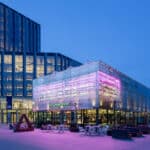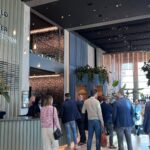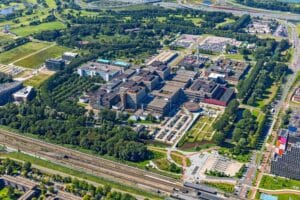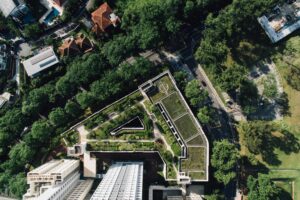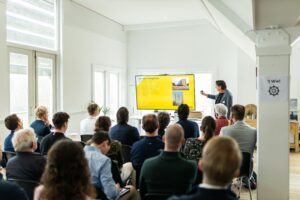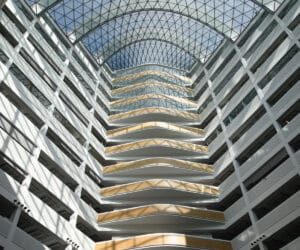
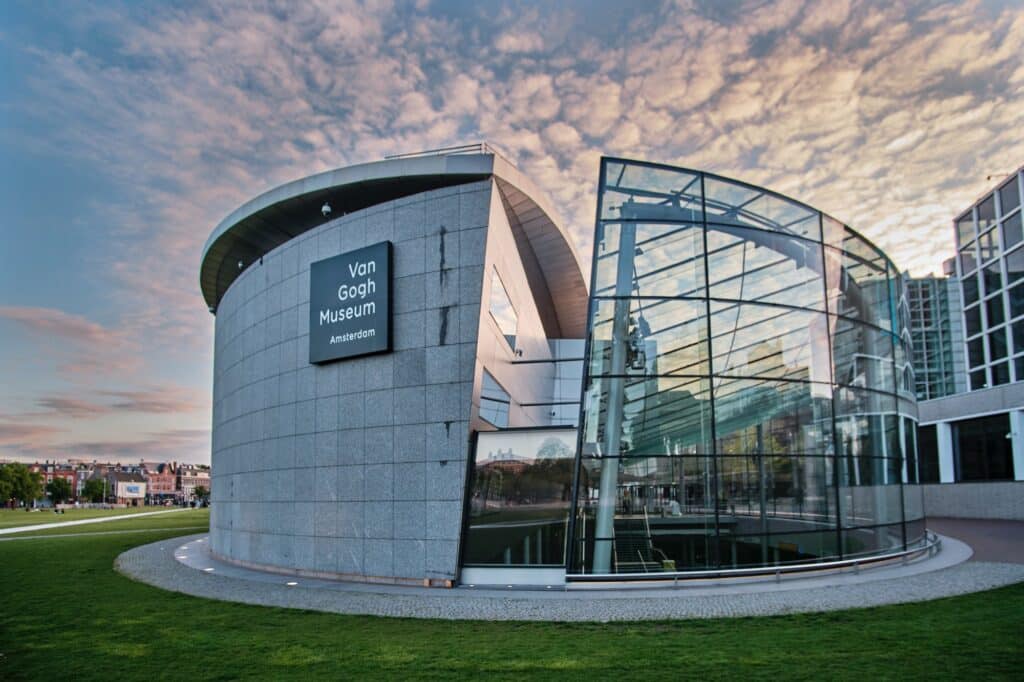
The Van Gogh Museum: Pioneer in the field of sustainability in museums
It was the first museum in the world to obtain a BREEAM rating: the Van Gogh Museum. And it didn’t stop there: now the museum is turning its used coffee cups into toilet paper and discarded coffee grounds into soap. The Amsterdam museum hopes to bring all museums into the world of sustainability, both within facility management and property management. How? That’s what Ben van der Stoop and Anja In ‘t Velt, Property Management Advisors at the Van Gogh Museum, sat down to talk with us about.
What does sustainability mean for the Van Gogh Museum?
Ben: “Sustainability is sometimes a tough word to put your finger on. In the Netherlands, it’s a fairly broad, and sometimes not very well-defined, concept. The Van Gogh Museum would like to make a transition in sustainability. We’re trying to do this in a number of different areas. So that’s not just about energy conservation, but also about clean energy, good employership, inclusiveness, CO2 reduction and external partnerships. Our ambition is to maximize sustainability in all these areas and create movement that way. We like to take the lead in putting sustainability on the radar of every museum.”
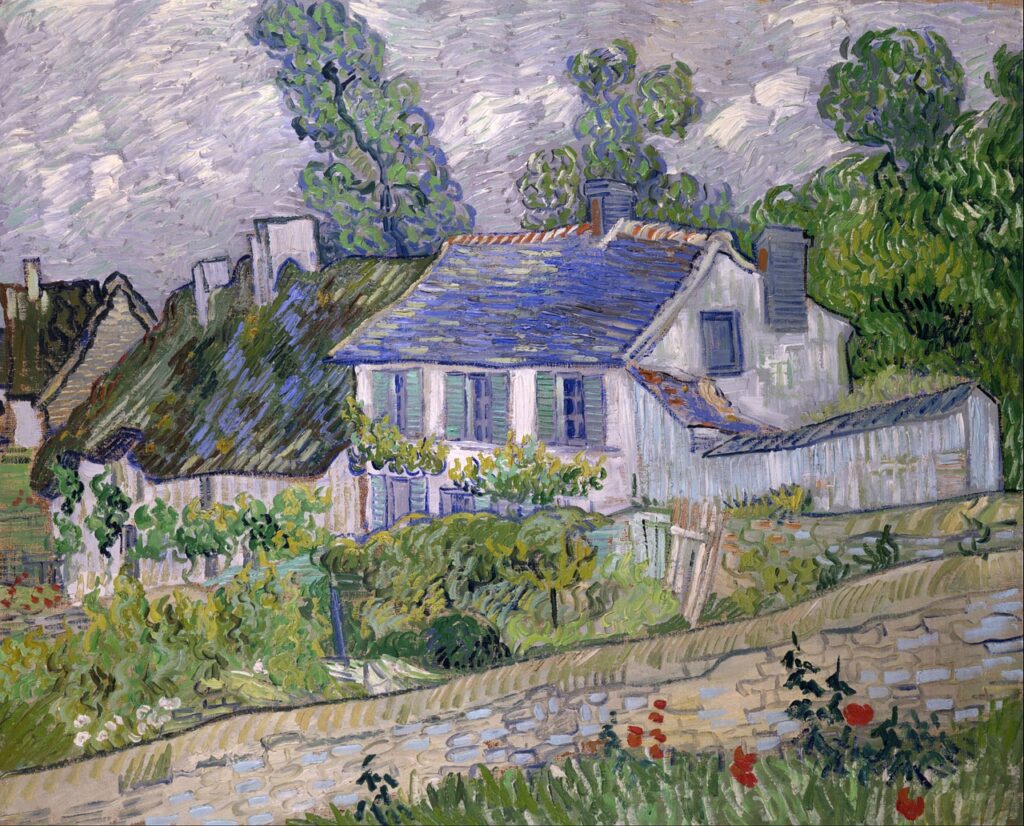
How do you set this into motion?
Ben: “We started a Green Think Tank in 2012 with others in the museum world who are passionate about sustainability. That was the first time that we all came together to look at where we stood and formulated an ambition for the future. By 2014, our museum had BREEAM ratings in no fewer than three areas: ‘Asset’, ‘Management’ and ‘Use’. And those ratings have recently been renewed.” “In addition to BREEAM, there are a number of sustainability metrics, such as the United Nations’ Sustainable Development Goals,” Anja adds. “By working on the SDGs, we can also include the other aspects of sustainability, such as good employership and issues like remuneration and diversity. For us, the SDGs are of course also about reducing our carbon footprint, as well as working in an environmentally conscious and innovative way with our environment.”
“BREEAM is a yardstick for measuring whether you are doing things right in terms of sustainability. It ensures that you make the right choices for the long term. In addition to BREEAM, there are a number of other sustainability metrics, such as the United Nations’ Sustainable Development Goals.”
– Anja In ’t Velt, Real Estate Advisor at Van Gogh Museum
You earned a new BREEAM rating during the coronavirus crisis. How has the pandemic affected your sustainability ambitions?
“Of course, it was a super weird year,” Anja tells us. “We hardly had any visitors at all. It was a difficult year for the museum, but Ben and I wanted to keep the museum’s focus on sustainability going. Obtaining a new BREEAM rating helps tremendously in this respect. And we did other things, too, for example, we held an internal ‘inspiration session’ to tell our people more about our sustainable goals. Because of the coronavirus, everyone has to change their behaviour, so why not take the opportunity to make it more sustainable at the same time? Our co-workers are enthusiastic and positive about working on sustainability. We have shown that a lot is possible with small steps. The pandemic has also made us more creative: before the crisis, we had already started to come up with new circular ideas by talking to our suppliers. Continuing to leverage these partnerships will give rise to even more new ideas. For example, we are working with our suppliers on a process to convert our coffee cups into toilet paper. It takes a little longer, but the impact is much greater in the end.”
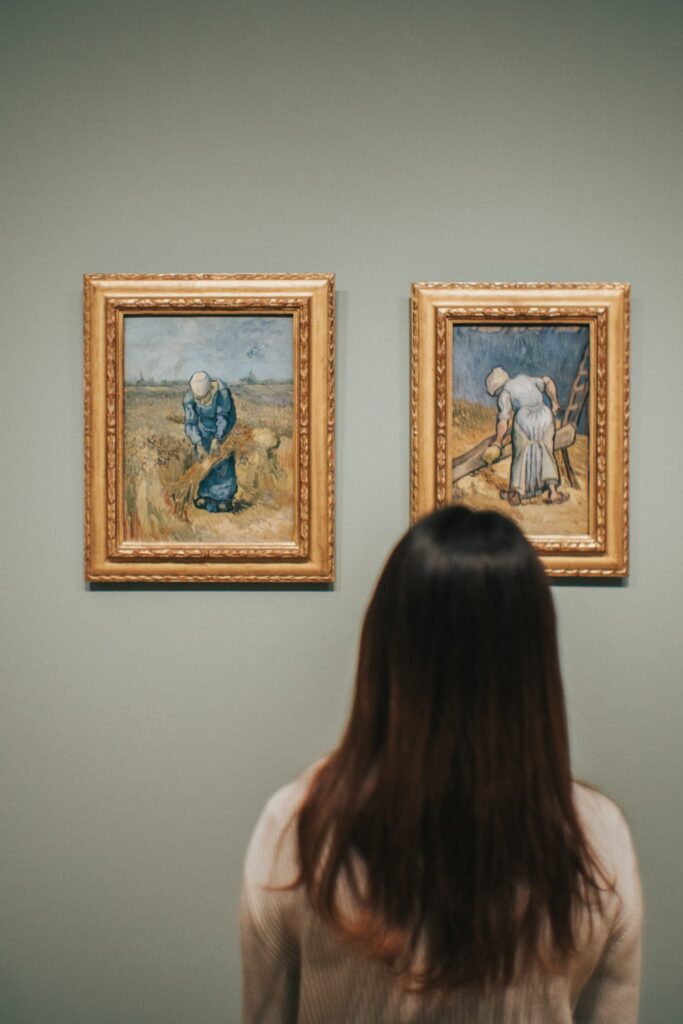
What challenges have you encountered in achieving your sustainable ambitions?
“The main challenge was to get sustainability on the map internally,” says Ben. “It wasn’t that people didn’t think it was important, but it quickly faded into the background with all the busy schedules. That’s why with the think tank we pay a lot of attention to spreading knowledge internally, both top-down and bottom-up. Besides spreading information, we also show how to apply sustainability, the budget it will require and where the opportunities lie. This is a way to get everyone in the museum involved in our mission.”
And did it help?
“Absolutely,” says Anja. “We have really put sustainability on the map organisation-wide. We are now in the process of developing our targets into concrete plans so that we can further reduce our CO2 emissions.” “As a museum, you have a social responsibility,” Ben adds. “Sustainable development not only creates value in terms of euros, but also in a social sense. And a museum has a role as an inspiration to the public.”
“Certainly, that last thing is also very important,” Anja continues. “There’s another innovative project we’re working on, making soap from our coffee grounds. This soap looks a bit weird when you first look at it, because of its colour — the coffee grounds make it very dark — but hopefully it will inspire people. Public opinion is slowly changing and both employees and visitors find sustainability increasingly important. We want to show visitors that we as a government building take sustainability seriously. We hope that this will set an example for other sustainable museums.”
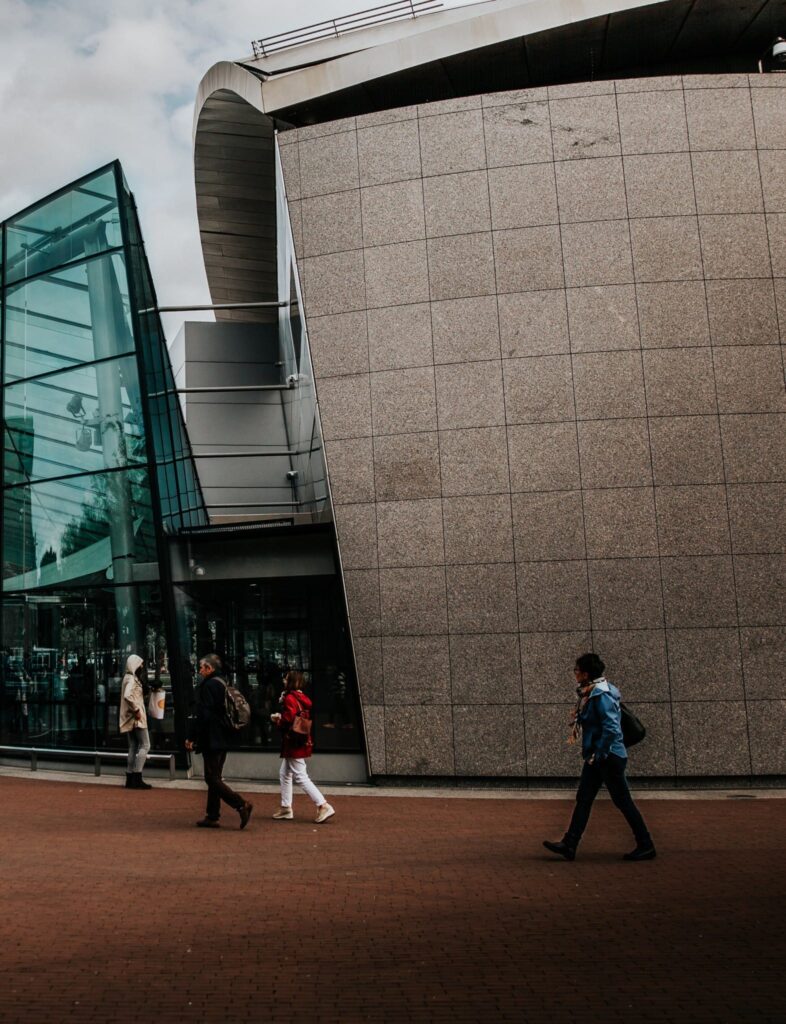
What can we expect from the Van Gogh Museum in the near future on sustainability?
“We’re working with various suppliers to make our procurement process as circular as possible,” Anja says. “By improving how we work together, we’re trying to shrink our supply chains. The toilet paper and the coffee cups are just the start. We are challenging ourselves to make processes as sustainable as possible. And once you start, it’s really contagious. For example, right now we are talking with several other parties around Museumplein about how we can collect our waste ‘better’, so that it can be processed more easily into sustainable material, and help us reduce our CO2 impact even further. So we’re looking not only at our own organisation, but also at how we can do things better together with external partners and suppliers. We are going to put a lot of energy into that in the coming year. Everyone has ideas about things like how to reduce our footprint and reuse materials. We hope to be fully circular in a few years’ time; perhaps by then sustainable museums will be the norm and we won’t even remember how we did things before!”

